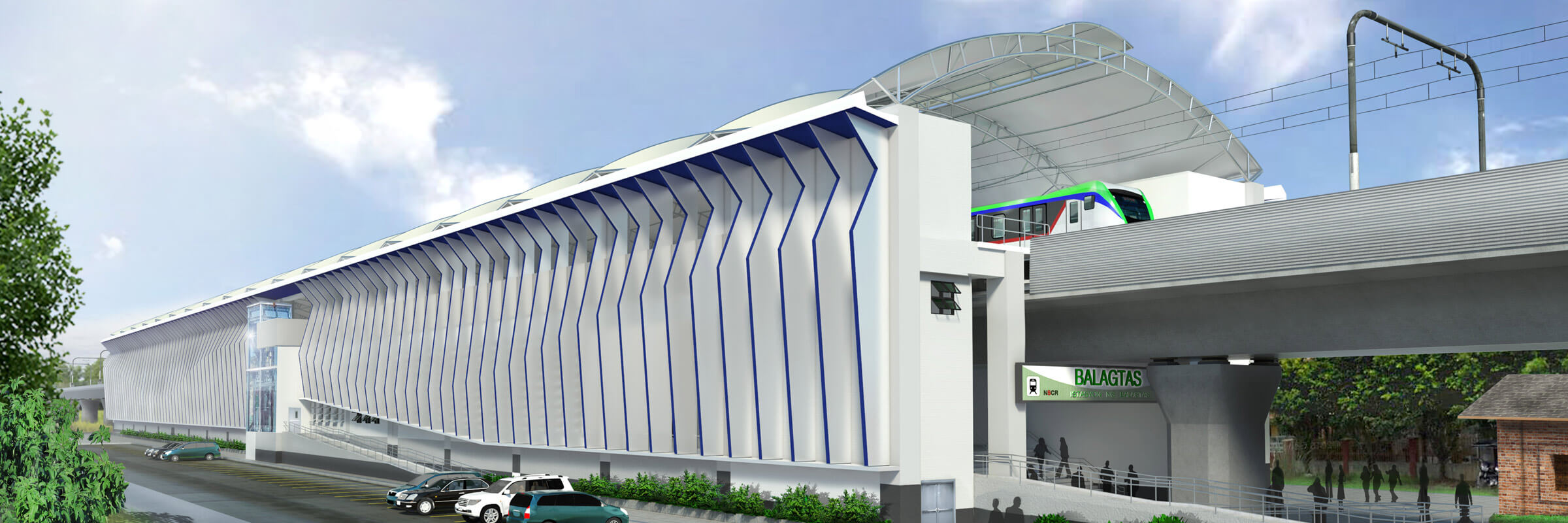A globally connected workforce of specialists, operating out of more than 40 countries
From the early pioneers on the Snowy Mountains Hydroelectric Scheme, to our leaders and innovators of today, our people make us who we are.

- About
We align specialist expertise to deliver effective, practical and sustainable outcomes
Through our network of global specialists and by collaborating with local partners, we connect you with the best teams and capabilities to deliver highly innovative and sustainable solutions.

- Expertise
- Markets
- Aviation
- Energy & Renewables
- Environment
- Hydropower & Dams
- International Development
- Ports & Maritime
- Rail & Metro
- Roads, Bridges & Highways
- Urban Communities
- Water & Wastewater
- Solutions
- Overview
- Air Quality
- Asset Management
- Business & Investor Advisory
- Building Services Engineering
- Civil & Structural Engineering
- Communication & Stakeholder Engagement
- Construction Phase Services
- Development Management
- Digital
- Energy Efficiency
- Environment and Social Impact Assessment
- Geospatial Services
- Geotechnical Investigations
- Geotechnics
- Independent Verification
- Landscape Architecture
- Master Planning
- Operational Readiness
- Operations & Maintenance
- Pedestrian Modelling
- Planning
- Project Management
- Rail systems
- Survey
- Sustainability
- Tunnels
- Training & Capacity Building
- Urban Design
- Water Sensitive Urban Design
We're committed to positively impact the individuals and communities we work with
As an organisation we are continually evaluating ways we can better provide a safe, flexible, inclusive and respectful workplace for our people and clients.

- Responsibility
Join an inclusive workplace rich in diverse thinking
People are at the heart of our organisation, we strive to create a flexible, diverse and inclusive environment that enables our people to thrive to their fullest potential.
Explore career opportunities
- Careers
-
Global
We recently employed advanced laser scanning techniques to solve a survey challenge for our client. Previously, it was not possible to undertake thorough site surveys beneath the Port’s wharf structures due to restrictive access requirements, Occupational Health and Safety (OHS) challenges and limitations in traditional data capture methodologies.
After some investigation and planning, SMEC proposed and implemented a survey methodology that has now provided the Port of Brisbane with key data on the underside of their wharf structures and the immediate revetment interface. This approach provides better visibility, allowing structural elements to be objectively and safely assessed and monitored for long-term movement from behind a desk.
The methodology integrated Terrestrial Laser Scanning (TLS) to measure the top side of the wharf, with Simultaneous Localization and Mapping (SLAM) laser scanning for the underside of the wharf and piles, and a dual frequency depth sounder for an underwater measurement. The point cloud datasets were combined by utilising targets placed on the sea-side of the wharf. The data from the depth sounder was aligned by using the path generated by the SLAM scanner. This integration of data and advanced survey techniques provides the Port of Brisbane with greater survey coverage of the wharf and enables assets to be mapped in a more time and cost-effective manner.
The principal challenge for SMEC was managing health and safety, ensuring that employees were safe at all times. Access beneath the wharves at low tide, interfacing with other subcontractors beneath the wharf, co-ordinating with the shipping schedule at Berth, passing Port vessel traffic and changing weather were all key risks successfully managed by our teams through collaboration and communication.
“Our survey team prides ourselves in finding solutions to data capture problems for our valued clients,’ said Rohan Bakker, Manager of SMEC’s Melbourne-based survey team.
With data collated from successive surveys, the Port will be in a better position to plan maintenance activities and monitor structure performance over time.
Image caption: Team member using a Simultaneous Localization and Mapping (SLAM) laser scanner to scan the side and underside of the wharf.


